Advertisement
Duplicitous dames and doomed detectives return to the screen for 'Noirvember'
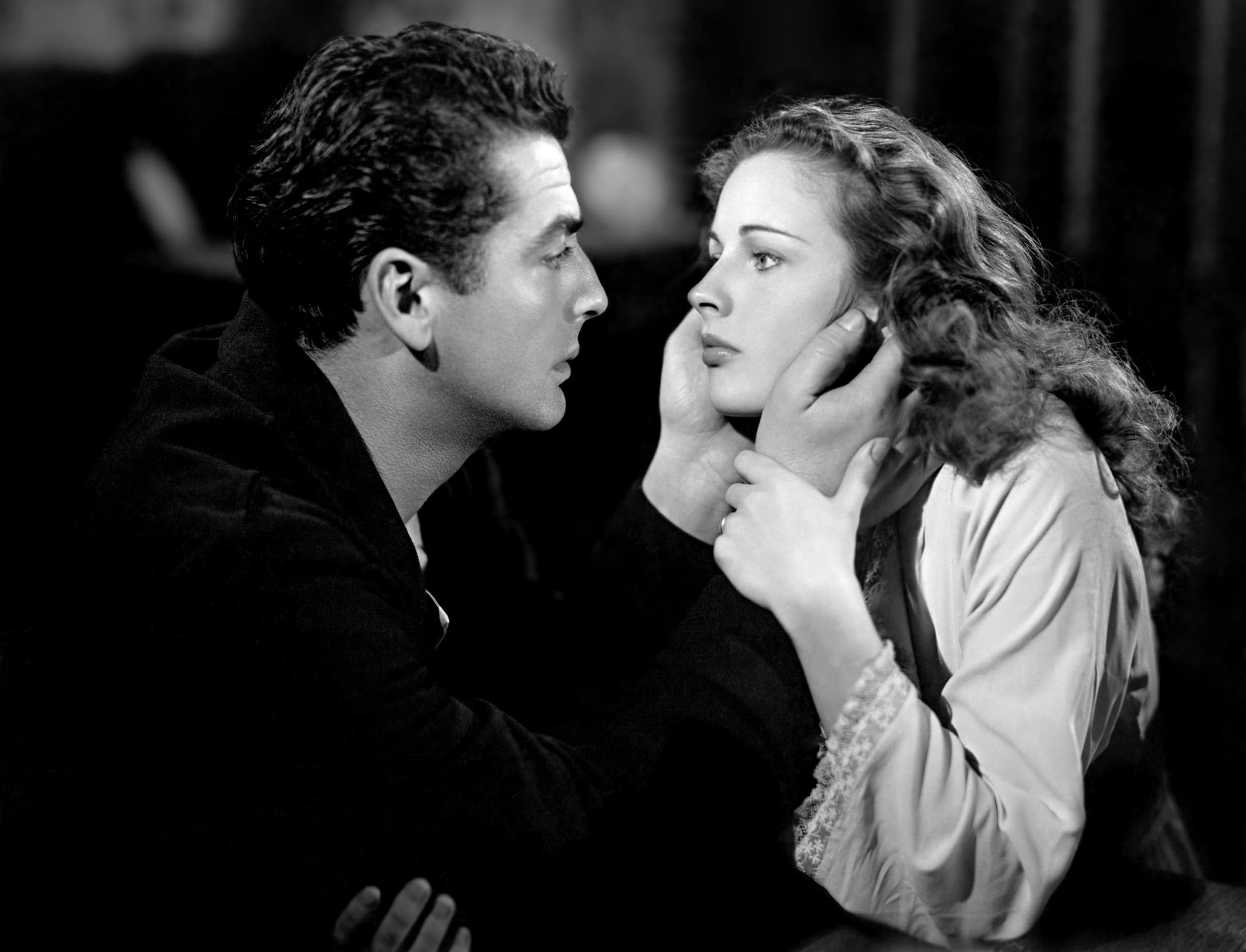
It is the month when we give thanks for leggy, duplicitous dames and doomed private dicks played for patsies. It’s time to tilt the Venetian blinds, turn on the ceiling fans and settle into the undeniable sexiness of smoking cigarettes in chiaroscuro lighting. November is once again "Noirvember" at your neighborhood repertory houses, bringing back the best in cynical thrillers with bungled murder plots, bummer endings and sardonic voice-over narrations. For cinephiles of a certain temperament, this is the most wonderful time of the year, celebrating Hollywood’s hard-boiled fools for love and the frisky femme fatales that are their undoing. Over the next four weeks, the Coolidge Corner Theatre will be presenting six big screen classics spanning five decades from the genre’s 1940s heyday to its fleeting revival in the 1990s. At the same time, The Brattle Theatre is screening 11 crime pictures from 1947, 10 of them celebrating their 75th anniversaries in the old-fashioned double feature format, delivering twice the bang for your buck.
It's a fantastic lineup of titles, so rich in cinema history that the Coolidge is throwing in a few pre-screening seminars with college professors to provide educational context for audiences. Like most smart things having to do with movie criticism, the term "film noir" was originated by the French, referring to a strain of fatalistic American crime pictures that flourished in the early postwar years. Beyond obvious stylistic signifiers like shadowy, expressionistic lighting (often necessitated by small budgets) these movies were distinguished by their shocking violence and morally dubious male anti-heroes rendered helpless by the powerful, overtly sexualized females who drove the narrative. It is not uncommonly noted that such films spoke to the fears of traumatized men returning from WWII to find that women had become far more independent in their absence. Like good Americans, we processed these anxieties the way we usually cope with such deep-seated stuff — by exorcising it in our pulp entertainment.
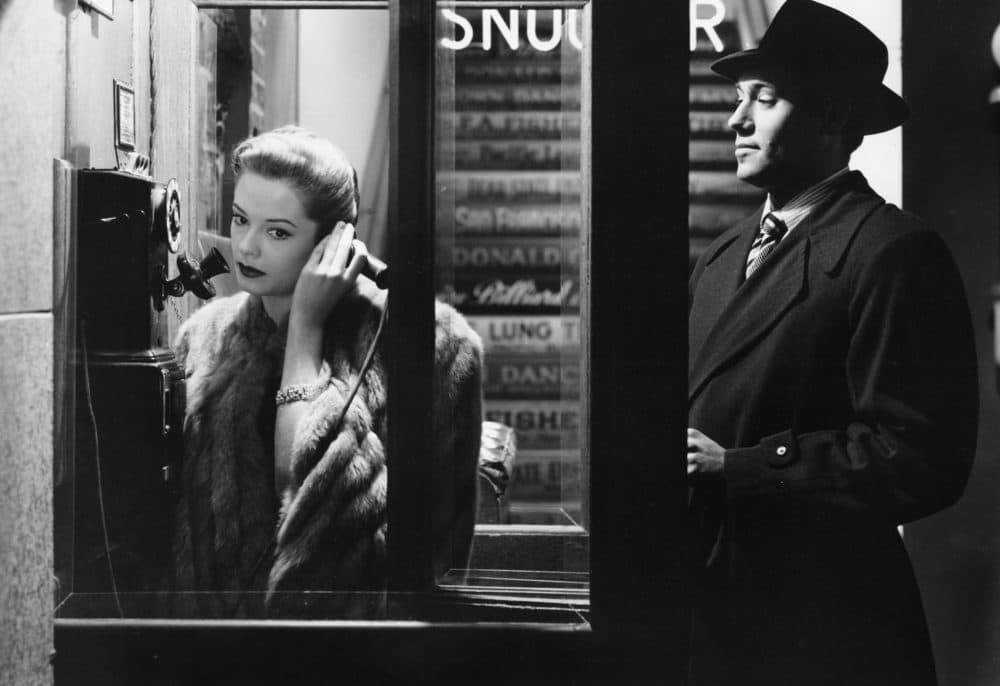
It's tough to pick a favorite of the bunch, but I suppose I should start with the one for which I have a framed poster hanging in my office. Jacques Tourneur’s 1947 “Out of the Past” is a marvel of doomy romanticism and boasts what could be the quintessential Robert Mitchum performance. The coolest movie star ever plays a private eye hired by Kirk Douglas’ grinning, sinister crime lord to track down a mistress (Jane Greer) who recently shot him and absconded with $40,000. The boss wants her back, badly. Douglas doesn’t even seem particularly worried about the money, which is something Mitchum’s detective can’t fathom until he actually gets a gander at her himself. As played by the then 24-year-old Greer — who in her personal life had already escaped an affair with Howard Hughes and a marriage to Rudy Vallée – she’s the kind of gal you could see yourself forgiving even if she put a bullet in you. It feels like this isn’t the first time it’s happened.
Douglas soon learns that maybe it wasn’t the smartest idea to send Robert Mitchum looking for your girlfriend, and the story’s twists and time-jumps become so convoluted that the star used to kid that some of the script pages got lost in the mimeograph machine. But as with all great noirs, the plot is hardly the point and “Out of the Past” plays like a melancholy dream of a movie with Mitchum at his most magnetic and insouciant, nearly every line a zinger and so many cigarettes smoked so seductively the film could cause cancer in casual viewers. The movie’s most iconic moment became the title of its star’s biography, during a white-hot conversation in which Greer unconvincingly professes her innocence and an annoyed Mitchum answers, “Baby, I don’t care.” Then he leans in for a kiss.
Some other films from 1947 in the series include director Anthony Mann’s “T-Men,” a sort of proto-“Dragnet” procedural about undercover treasury agents chasing counterfeiters. The squaresville script is basically a propaganda picture, but Mann shoots it with a fevered intensity and the vivid visuals you’ll find in his later films like “The Naked Spur” and “El Cid.” It wouldn’t be the Brattle without a Bogie double feature, so here come “Dead Reckoning” and “Dark Passage” back-to-back. Henry Hathaway’s “Kiss of Death” is one of the prestigious crime pictures specialized in by 20th Century Fox, a studio that tended to class up their noirs to a point where a perfectly good jewel heist gets bogged down by Victor Mature trying to keep his two little girls out of an orphanage. Luckily, nobody told Richard Widmark what kind of movie they were making, and he delivers one of the era’s most unhinged performances as villain Tommy Udo, who made cinema history here by rolling an informant’s elderly, wheelchair-bound mother down a flight of tenement stairs.
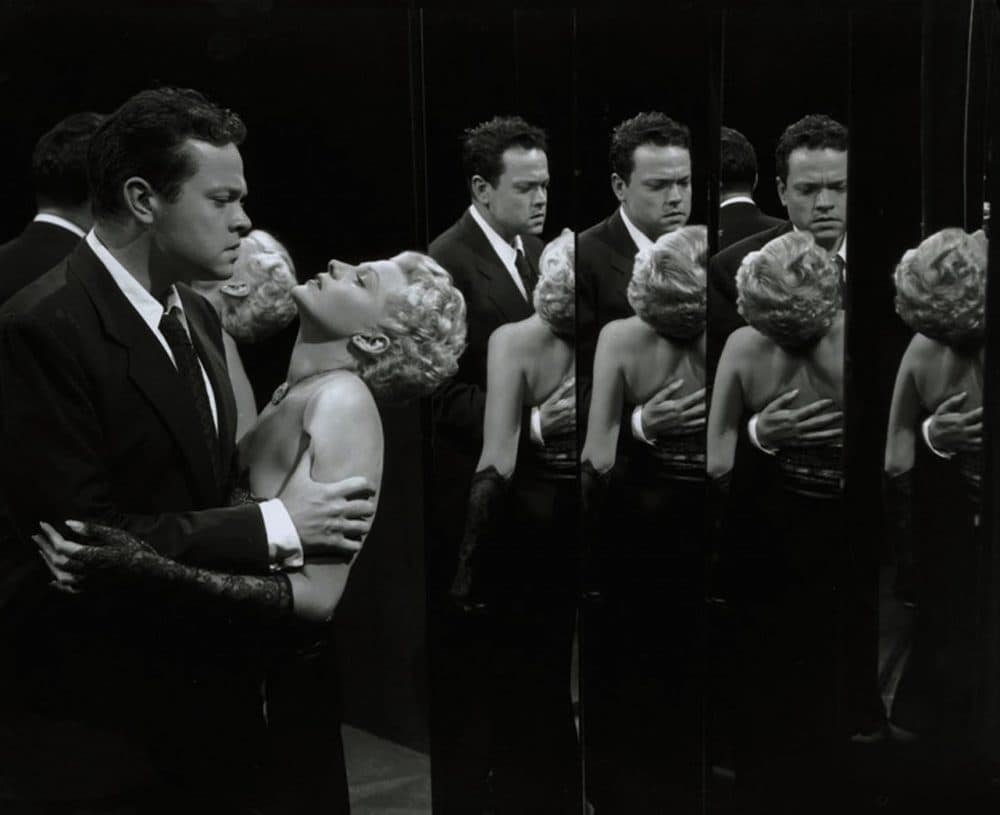
But the one you really need to see on the big screen at the Brattle is Orson Welles’ “The Lady from Shanghai.” Like so many of his projects from this period, it was conceived for mercenary means – Welles was drowning in debt again and figured an easy way to score some quick cash would be by shooting a crowd-pleasing potboiler with his soon-to-be ex-wife Rita Hayworth. But of course, once he got going, the movie grew into something so much weirder and more personal than anyone had originally intended. The filmmaker stars as swarthy Irishman Mike O’Hara, a vagrant sailor suckered into the dangerous orbit of Hayworth’s blonde bombshell. She’s the trophy wife of a brilliant, polio-stricken attorney (Mercury Players MVP Everett Sloane, giving the film’s most delicious performance), and against his better judgment, O’Hara finds himself mixed up in a murder plot he doesn’t begin to understand.
A landmark of location shooting, the film was initially designed by Welles to be an outdoor answer to the soundstage virtuosity of “Citizen Kane,” something that sadly proved impossible with the camera equipment available at the time. He horrified studio head Harry Cohn by cutting Hayworth’s trademark red tresses and dyeing them blonde, and then attempted to shoot the film entirely in long takes, without any glamorous close-ups. Since there was no way in hell Columbia Pictures was going to release a Rita Hayworth movie without close-ups, Welles eventually relented and filmed a few of himself and her under protest, finding the most unflattering angles imaginable and calling as much attention as he could to the contrast between location and studio lighting. Cut into scenes seemingly at random, they make the movie feel anxious and bizarre.
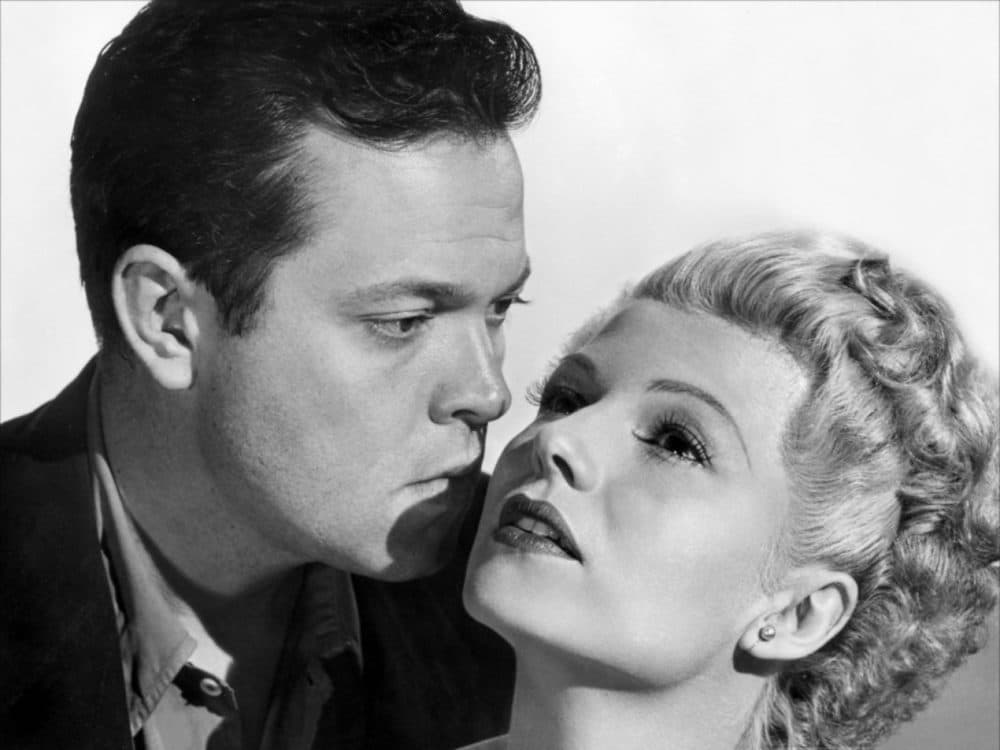
Welles and Hayworth had been living apart for nine months before filming started but found themselves shacking up together again once production began. The intensity of their attraction is all but dripping off the screen. “The Lady from Shanghai” is a sweaty, seriously horny movie that’s also accidentally a documentary about the last days of a Hollywood marriage. Where most films of this type would use the voice-over narration to try and clarify the labyrinthine plot. Welles instead provides a droll, movie-length monologue of self-flagellation. O’Hara is constantly cursing himself for falling for this woman in the first place, “big boob that I am.” Yet the lightness of the tone in his voice comes with a conspiratorial wink, implying that we can’t really blame him now, can we?
The film’s legendary final sequence — a chase through a hall of mirrors in an abandoned amusement park — has been imitated dozens of times but never with a fraction of the panache Welles brings to the proceedings. It’s as awe-inspiring as anything in “Kane” or “Touch of Evil,” and while some folks complain that the location appears abruptly out of nowhere and makes no sense being in the movie, these seem to be the same people who have trouble with the broad theatricality of the Irish accent Welles employs in the picture. But I don’t think a little bit of Blarney ever hurt anyone, especially in a film like this.
The Coolidge brings us more Hayworth with her breakthrough in “Gilda,” which I suppose remains the one to watch if, like Harry Cohn, you’re hung up on her red hair. The series also follows film noir into the ‘70s with Roman Polanski’s seminal “Chinatown,” featuring one of Jack Nicholson’s greatest loser performances, before moving into the ‘90s with Carl Franklin’s “Devil in a Blue Dress,” a film I’m gratified to see is finally acquiring the reputation it dearly deserved upon initial release. But they really blow the whole thing apart with the new 4K restoration of David Lynch’s 1997 “Lost Highway,” a pulverizing deconstruction of LA noir that strips the whole genre down to its naked, quivering id.
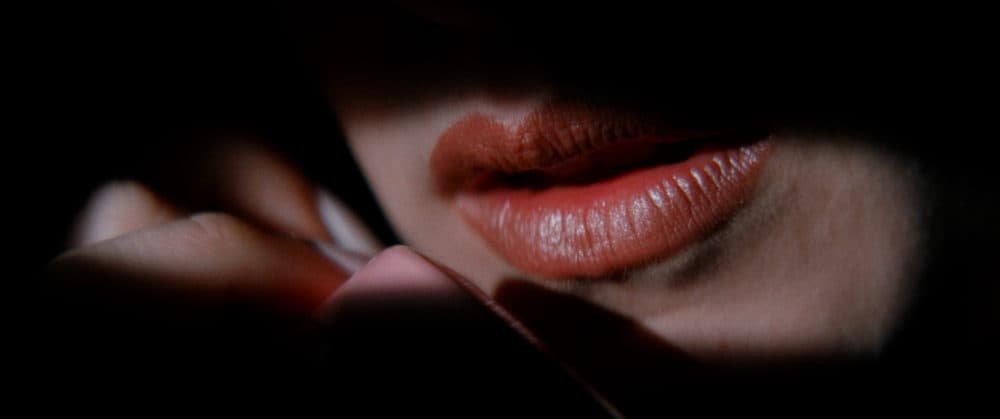
Lynch’s ferocious and oft-misunderstood movie stars Bill Pullman as an impotent, cuckolded jazz musician who brutally murders his wife (Patricia Arquette in black Bettie Page bangs) only to be mysteriously transformed on death row into a strapping, 24-year-old auto mechanic of almost cartoonish virility and sex appeal. Balthazar Getty co-stars as this new alter ego in a performance I’m still not sure is bad on purpose, but the kid soon finds himself trapped in a Mobius strip of repeating themes and scenes. Things get hot and heavy when Arquette shows up again as a platinum Monroe blonde on the arm of a goofy — yet still strangely terrifying — gangster played by Robert Loggia.
“Lost Highway” peels away the pulp trappings and runs almost entirely on film noir’s foundational fears. It’s a movie about meek men obsessed with their own sexual inadequacy and fixated on filthy fantasies of bad girls leading them astray. There’s something intentionally and often hilariously pathetic about these surreal, soft-core scenarios cooked up by our condemned wife-killer and the wet noodle noir pastiche that spills out as his death dream. After having Cinemax-style, slo-mo sex on the hood of a cheesy sports car, Arquette condenses more than 50 years of femme fatale film history into a single line when she taunts her frustrated lover, “You’ll never have me.” And then she walks off into the night.
“Noirvember” runs through Nov. 17 at The Brattle Theatre and through Nov. 29 at the Coolidge Corner Theatre.
